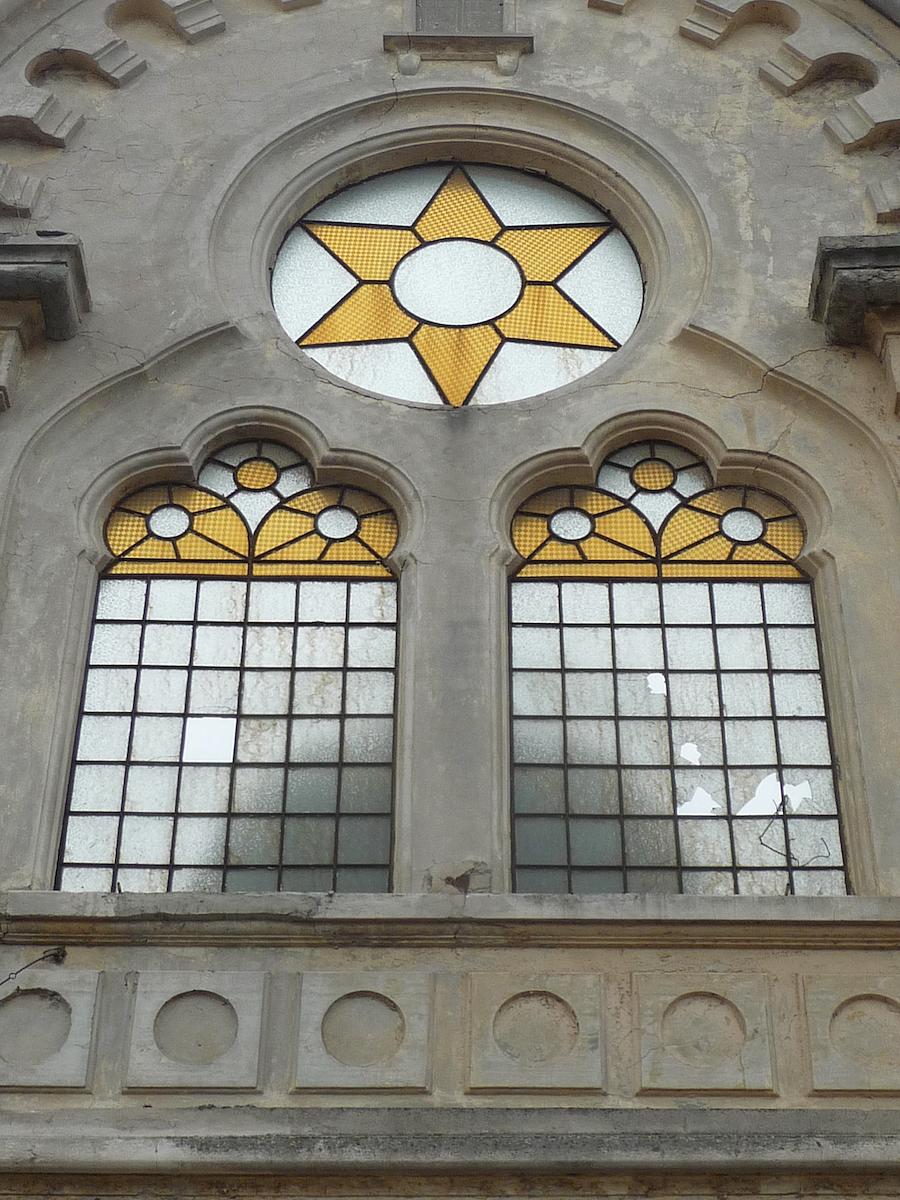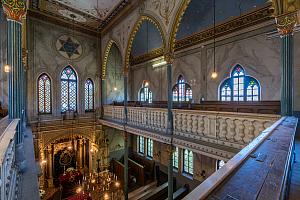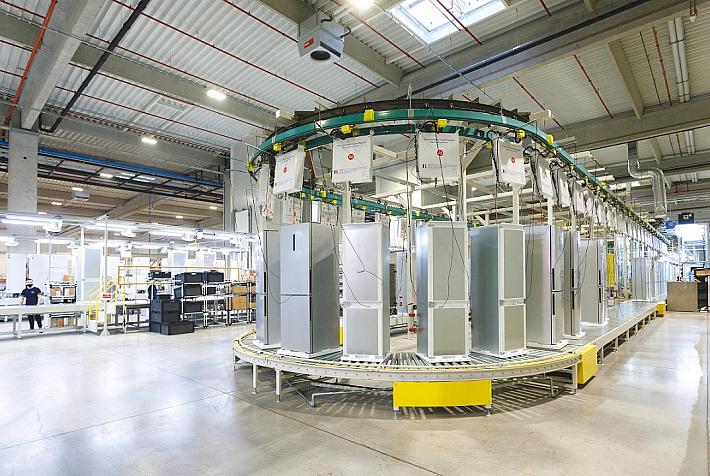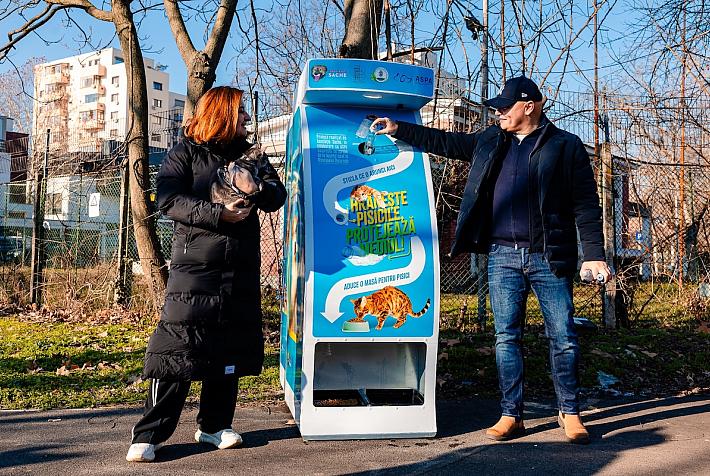Authorities triple tender for rehabilitation of Constanța synagogue in search of bidders

Authorities in the port city of Constanța, home to one of Romania’s few remaining synagogues, have launched a EUR 3 mln tender for its rehabilitation.
The synagogue has been up for rehabilitation works for five years, and two tenders to that end have already come and gone without bidders. On October 6, authorities launched a tender for the building’s rehabilitation for the third time. To incentivize constructors, they tripled the tender, from EUR 1 mln to EUR 3 mln.
“It’s been eight years since we first took steps to rehabilitate the Synagogue in Constanța. The slowed process has meant that progress was made in several, well-distanced stages,” Sorin Lucian Ionescu, leader of the Jewish community in Constanța, told G4Media.
The exterior walls and beautifully decorated columns and arches of the synagogue are still standing, but its insides are in shambles and the roof is entirely missing. Large, half-destroyed wooden doors guard the entrance to the synagogue.
“The synagogue is a religious institution of central importance in Judaism, the center of religious life for any religious community,” says Ana Bărbulescu, a researcher at the “Elie Wiesel” National Institute for the Study of Holocaust. “Constanța’s last synagogue allows us to recover a fragment of the history of the local Jewish community, but also to enrich local history by marking the passing of Jews through these lands and the impact they had on the local community,” she added.
The building is currently owned by the Ministry of Development through its National Investments Company. The new tender for the synagogue’s rehabilitation has officials and the local community hopeful. If a bidder is found and accepted, the rehabilitation works are set to last 16 months.
The Constanța synagogue was built in 1911 with the financial backing of Pincus Şapira, leader of the local Jewish community at the time and the Romanian Royal Family’s supplier of expensive watches and jewelry. Located on a plot of land given by Sultan Abdul Azis to the Jewish community in 1864, the synagogue was used as a storage area by the German army between 1941 and 1944.
(Photo source: JOSE ANTONIO SANZ MARTIN | Dreamstime.com)













